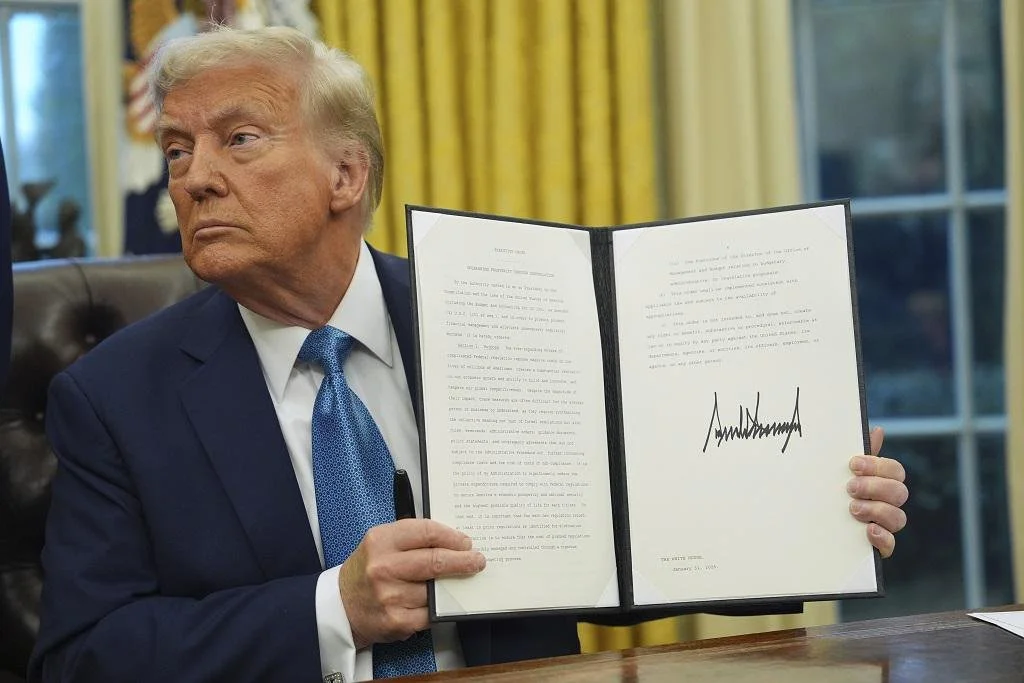The pollster who identified “Reagan Democrats” in the 1980s sees the emergence of a mirror image voting bloc. And it spells trouble for a GOP dominated by Trump.
There are unwritten rules that dictate how American politics works. Former presidents shouldn’t weigh in on quotidian partisan squabbles. An incumbent senator shouldn’t support a primary challenger running against a fellow incumbent. If you’re an elected official, avoid directly comparing yourself to Abraham Lincoln—show some humility and instruct surrogates to do that on your behalf. Never try to correct a middle-schooler spelling the word “potato.” And if you want to take the pulse of white middle America, go to its de facto national capital—Macomb County, Michigan.
Every four years, as if driven by mainspring, presidents, those aspiring to be presidents and the reporters who cover them, return to the blue-collar Detroit suburbs to try out their messages and make sense of what’s happening in middle America.
Presidents will visit the community college campus in Warren—where President Ronald Reagan famously declared, “I’m a former Democrat, and I have to say: I didn't leave my party; my party left me” and where President Barack Obama announced his ill-fated American Graduation Initiative, a planned $12 billion investment in community colleges. And thick in the campaign season, candidates will swing by local factories to make major economic speeches, as Hillary Clinton did in 2016; take shots at NAFTA and celebrate new trade deals, as Donald Trump did in 2020; and hold campaign-debilitating photo ops, as Michael Dukakis did when he donned a helmet and drove around in an M-1 Abrams tank. Reporters will talk to voters at the ubiquitous Coney Island diners, hold televised roundtables with average Joes at bars and pry political chestnuts from locals wearing cutoffs and playing Euchre.
It’s been this way since the mid-1980s, when a Yale-based academic and pollster named Stanley Greenberg turned his attention from studying the interplay of class and race in apartheid South Africa to try and explain what was happening in Macomb.
The full interview can be read at Politico.







